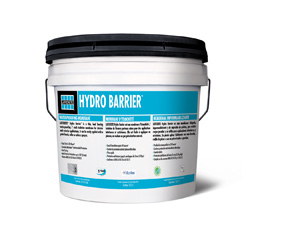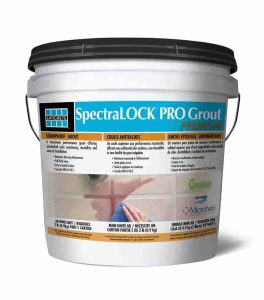NEW! The ultimate combination of maximum strength and lightweight! Laticrete MULTIMAX LITE Multipurpose Thinset Mortar is ideal for large thin tile or heavy stone on wall applications!
Price range: $41.57 through $46.25
Item No.: 0289-0025-21
attribute_pa_color_finish: grey-40-lbs
Item No.: 0289-0025-22
attribute_pa_color_finish: white-40-lbs
Laticrete MULTIMAX™^LITE Multipurpose Thinset Mortar is a patented, versatile polymer modified multipurpose thin-set mortar that is reinforced with Kevlar®^ for unmatched non-sag performance and adjustability of large format tile and stone on walls. Laticrete MULTIMAX LITE unique formulation offers the ideal combination being light weight and providing maximum strength required for challenging vertical applications. A 25 lb (11.7 kg) bag of Laticrete MULTIMAX LITE provides the same coverage as a 50 lb (22.7 kg) bag of standard thin set mortar. thin set mortar provides the same coverage as a 50 lb (22.7 kg) bag of standard thin set mortar.This multipurpose thin set mortar can be built up to 3/4″ (19 mm) without shrinkage on floors, without any slump, sag or lippage. With an incredibly lightweight consistency, this thin set mortar allows for easy troweling onto the substrate with minimal effort. Mixes with water for maximum strength and performance.
The ultimate thinset mortar available in the market today, the Laticrete Multimax Lite Multipurpose mortar is a lightweight product intended for heavy and large tiles. Polymer fortified, this product is manufactured for indoor and outdoor applications. Primarily used for installation of tiles, this product works with a variety of tile materials namely, ceramic, porcelain, stone, brick, pavers, quarry and more. A one-step mortar, the Laticrete Multimax delivers a no-sag and no shrinkage performance. These features make the mortar a product for both walls and floor installations.
What makes the Laticrete Multimax mortar an easy-to-use product is its lightweight consistency which is perfect to trowel. The consistency also gives it a pretty long open time. The Laticrete Multimax is an outstanding mortar not just for its user-friendliness, but also for other reasons. The formula of the mortar is improved with Kevlar that ensures extreme strength and high durability. In both the aspects, the Laticrete Multimax mortar surpasses the necessities of ANSIA118.15.
The mortar is formulated with the LATICRETE’S HYDROMATIC CURE CHEMISTRY which is a trademark of the manufacturer. With this technology, Laticrete has been able to formulate mortars that have accelerated hydration, meaning the Laticrete MULTIMAX LITE Multipurpose Thinset Mortar can absorb water real fast. This results in predictable curing.


